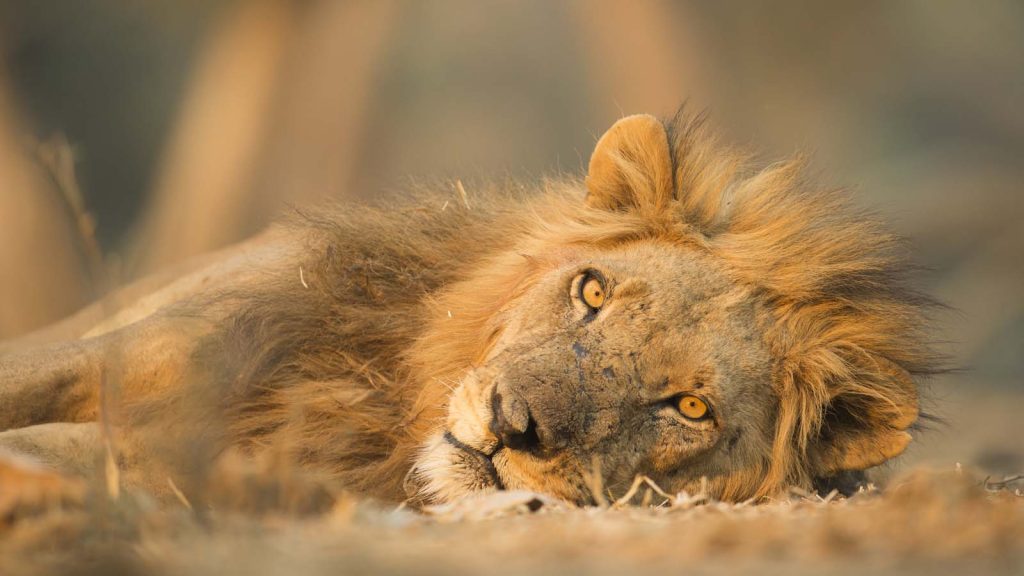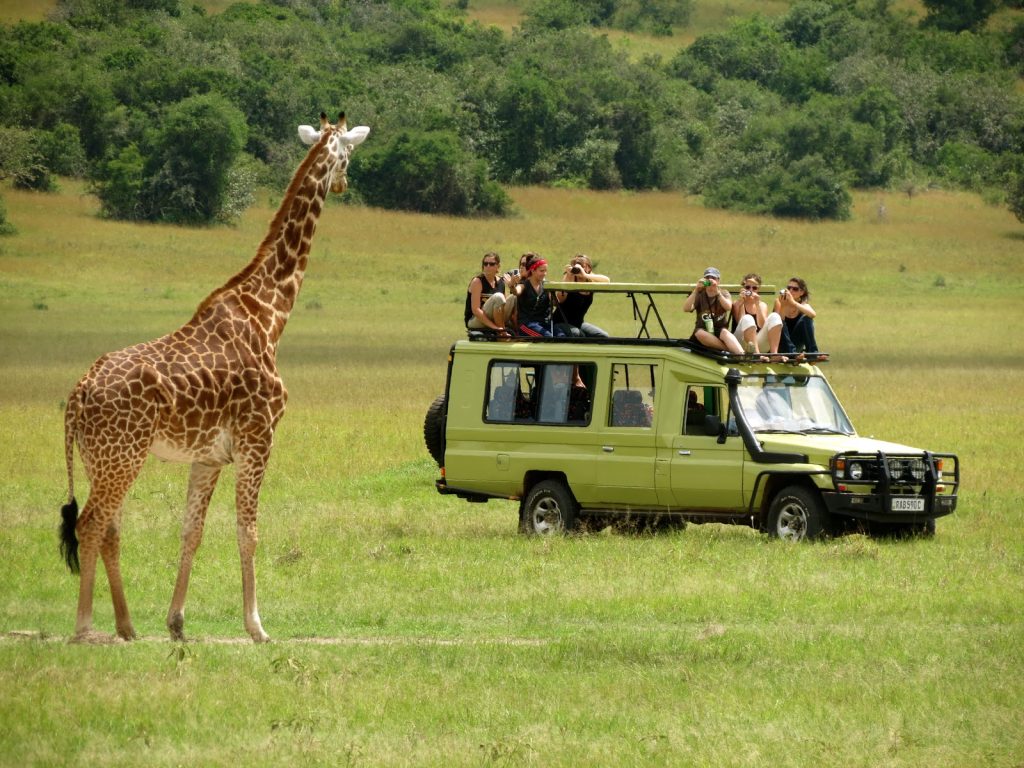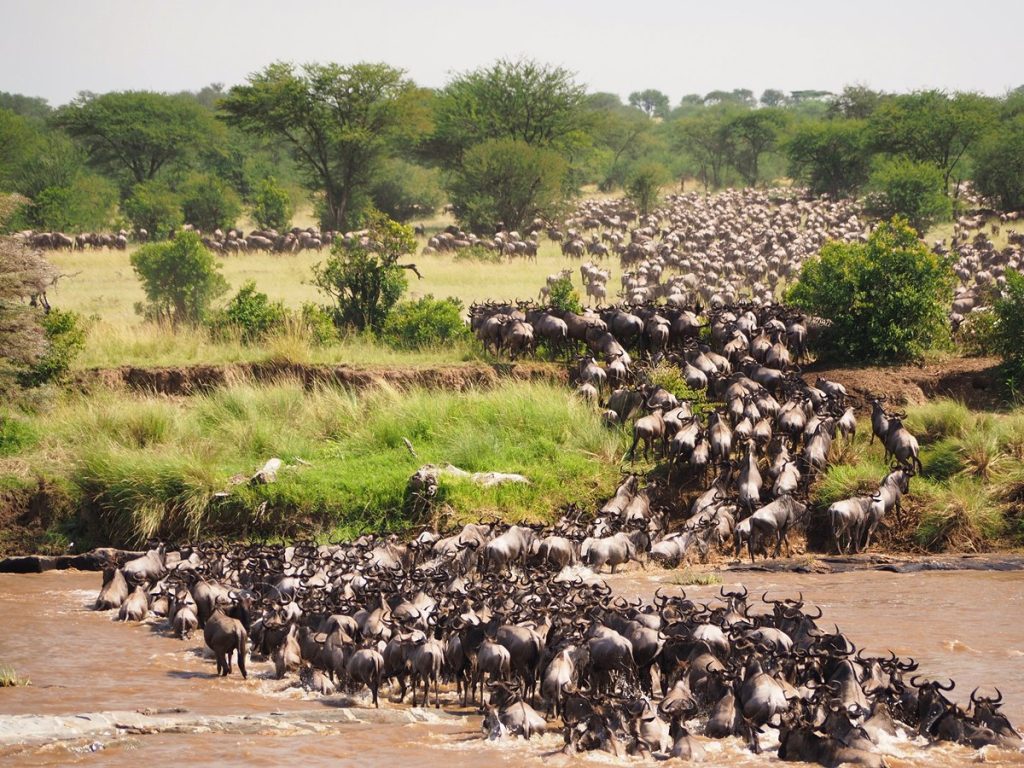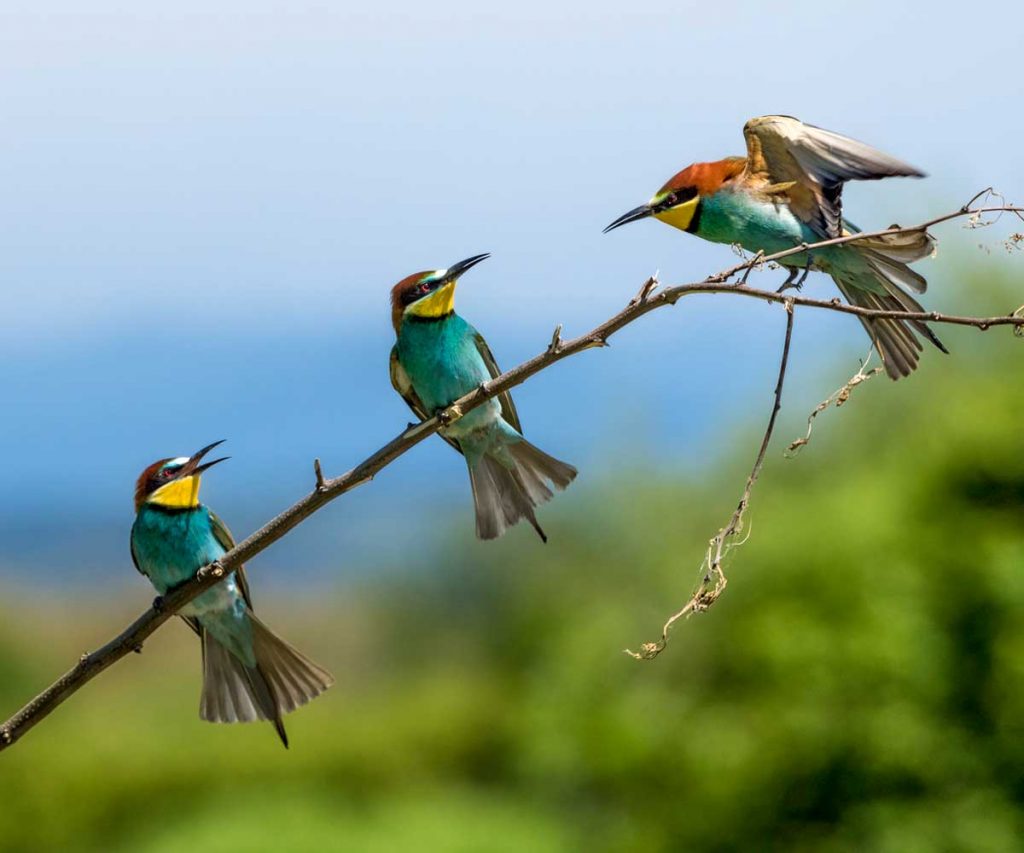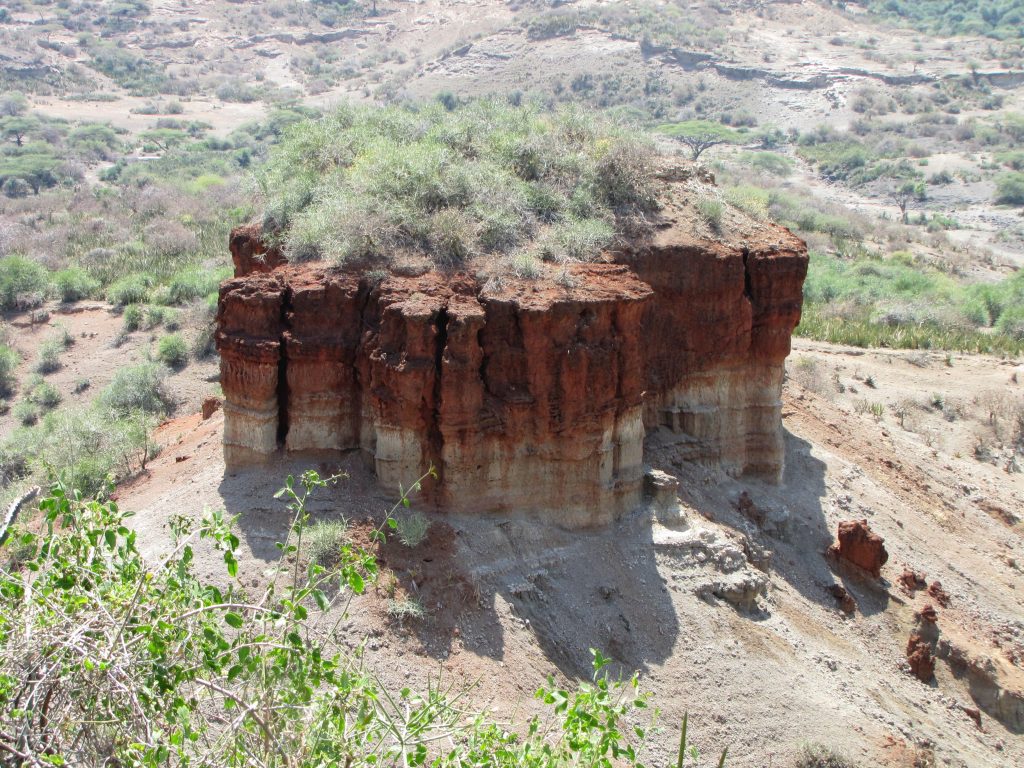Viajes a tu medida Tanzania: Tu aventura perfecta en África
Viajes a tu medida Tanzania: Tu aventura perfecta en África Introducción: Por qué elegir un viaje a medida en Tanzania Tanzania es uno de los destinos más fascinantes de África, reconocido por sus safaris espectaculares, paisajes naturales inigualables y diversidad cultural. Un viaje a tu medida permite diseñar cada detalle según tus intereses, desde la elección de parques nacionales hasta la duración de la estancia, el tipo de alojamiento y las actividades. No se trata de un recorrido estándar, sino de una experiencia personalizada, pensada para parejas, familias, grupos de amigos o viajeros solitarios que buscan combinar aventura, lujo y confort. Con itinerarios flexibles, podrás aprovechar al máximo cada momento en Tanzania. Safari en Serengeti: La migración y los grandes felinos Uno de los principales atractivos de un viaje personalizado es la posibilidad de explorar el Serengeti a tu ritmo. Esta región es famosa por la gran migración de ñus y cebras, así como por la abundancia de depredadores como leones, guepardos y hienas. Un safari a medida permite elegir rutas según los avistamientos de fauna, con guías expertos que conocen los hábitos de los animales y las mejores horas para la fotografía. Además, puedes optar por alojarte en lodges de lujo, campamentos ecológicos o experiencias de glamping, según tus preferencias. Ngorongoro: Un ecosistema único El cráter de Ngorongoro es otro destino emblemático que puedes incluir en tu itinerario personalizado. Este cráter volcánico alberga una densidad animal extraordinaria en un ecosistema cerrado. Aquí es posible observar rinocerontes negros, elefantes, leones, cebras y numerosas aves acuáticas. Los viajes a medida permiten programar safaris de mañana y tarde, almuerzos tipo picnic dentro de zonas seguras y desplazamientos estratégicos para aprovechar cada hora de luz. La flexibilidad también permite adaptar el itinerario según la temporada y los intereses de los viajeros. Tarangire y Lago Manyara: Elefantes y aves únicas Incluir Tarangire y Lago Manyara en tu viaje personalizado garantiza experiencias únicas. Tarangire es famoso por sus manadas de elefantes y majestuosos baobabs, mientras que el Lago Manyara combina paisajes de bosque, lagos alcalinos y acantilados, hogar de leones trepadores y cientos de especies de aves. Al diseñar un viaje a tu medida, puedes elegir alojamientos estratégicos cerca de los parques, optimizando los safaris y evitando traslados largos. Esto te permite disfrutar de la fauna desde primera hora de la mañana hasta el atardecer. Kilimanjaro y aventuras de montaña Para los amantes del trekking y la aventura, un itinerario personalizado puede incluir la subida al Monte Kilimanjaro, la montaña más alta de África. Dependiendo de tu nivel de preparación, se pueden elegir rutas como Lemosho, Machame o Marangu. Un viaje a medida permite combinar el ascenso con safaris, asegurando transporte, alojamiento y guías certificados. Incluso es posible añadir días de descanso en lodges confortables tras el trekking, disfrutando de paisajes panorámicos y la hospitalidad local. Zanzíbar: Playas, cultura y relajación Al finalizar un safari, muchos viajeros optan por relajarse en Zanzíbar, combinando aventura con descanso en playas paradisíacas. Los viajes a medida permiten personalizar la duración de la estancia, las actividades acuáticas como snorkel o buceo, excursiones a plantaciones de especias y recorridos por Stone Town, Patrimonio de la Humanidad. Este enfoque flexible garantiza que cada viajero viva la experiencia que desea, desde la tranquilidad frente al mar hasta la exploración cultural. Experiencias culturales y comunitarias Un viaje personalizado también puede incluir experiencias culturales auténticas, como visitas a aldeas masái, talleres de artesanía, tours gastronómicos o actividades solidarias. Estas experiencias se diseñan según los intereses de cada viajero y permiten interactuar con comunidades locales de manera respetuosa y enriquecedora. Integrar la cultura y la naturaleza convierte el viaje en una experiencia completa, más allá del safari tradicional. Consejos prácticos para un viaje a medida Al planificar un viaje a medida en Tanzania, es importante considerar la temporada: la temporada seca (junio a octubre) es ideal para ver animales, mientras que la temporada verde (noviembre a marzo) ofrece paisajes más verdes y menos turistas. Otros consejos incluyen preparar ropa ligera y neutra, protector solar, binoculares y cámara, así como reservar con operadores certificados para garantizar seguridad y sostenibilidad. Conclusión: Tu viaje único en Tanzania Viajar a Tanzania a tu medida significa vivir una experiencia adaptada a tus preferencias, combinando aventura, lujo y comodidad. Desde safaris en Serengeti y Ngorongoro hasta relax en Zanzíbar, cada detalle se planifica para que tu viaje sea inolvidable. Los itinerarios flexibles, el conocimiento local y la atención personalizada aseguran que cada momento sea auténtico y memorable. Comienza hoy mismo a diseñar tu safari ideal y descubre Tanzania desde tu propia perspectiva. paquete arusha lujo tanzania viajes fotográfico a tanzania serengeti exploración tarangire a medida tanzania exploración zanzibar aventura tanzania viaje ngorongoro en familia tanzania safari selous fotográfico tanzania excursión manyara a medida tanzania tour tarangire económico tanzania exploración romántico serengeti viajes fotográfico a tanzania zanzibar viajes aventura a tanzania ngorongoro exploración romántico zanzibar excursión tarangire económico tanzania exploración personalizado zanzibar viajes en familia a tanzania tarangire excursión zanzibar fotográfico tanzania paquete arusha personalizado tanzania exploración aventura ruaha paquete ngorongoro a medida tanzania paquete fotográfico ruaha viaje tarangire personalizado tanzania excursión a medida serengeti tour a medida serengeti tour manyara romántico tanzania exploración ngorongoro privado tanzania viaje romántico manyara exploración a medida serengeti tour económico ruaha exploración aventura tarangire exploración privado selous excursión fotográfico ngorongoro excursión serengeti personalizado tanzania viajes lujo a tanzania ngorongoro excursión manyara aventura tanzania tour ruaha personalizado tanzania safari zanzibar romántico tanzania exploración ngorongoro en familia tanzania exploración personalizado mikumi safari serengeti fotográfico tanzania tour económico ngorongoro paquete mikumi lujo tanzania viajes romántico a tanzania manyara exploración tarangire económico tanzania tour personalizado serengeti viaje serengeti fotográfico tanzania tour privado ngorongoro exploración económico tarangire paquete romántico serengeti paquete arusha en familia tanzania safari manyara a medida tanzania exploración manyara fotográfico tanzania viaje a medida serengeti excursión romántico serengeti exploración privado arusha viaje lujo zanzibar viaje mikumi privado tanzania tour fotográfico zanzibar viaje en familia manyara safari romántico zanzibar paquete romántico mikumi exploración romántico ngorongoro exploración lujo arusha excursión ngorongoro romántico tanzania paquete tarangire
Viajes a tu medida Tanzania: Tu aventura perfecta en África Read More »

